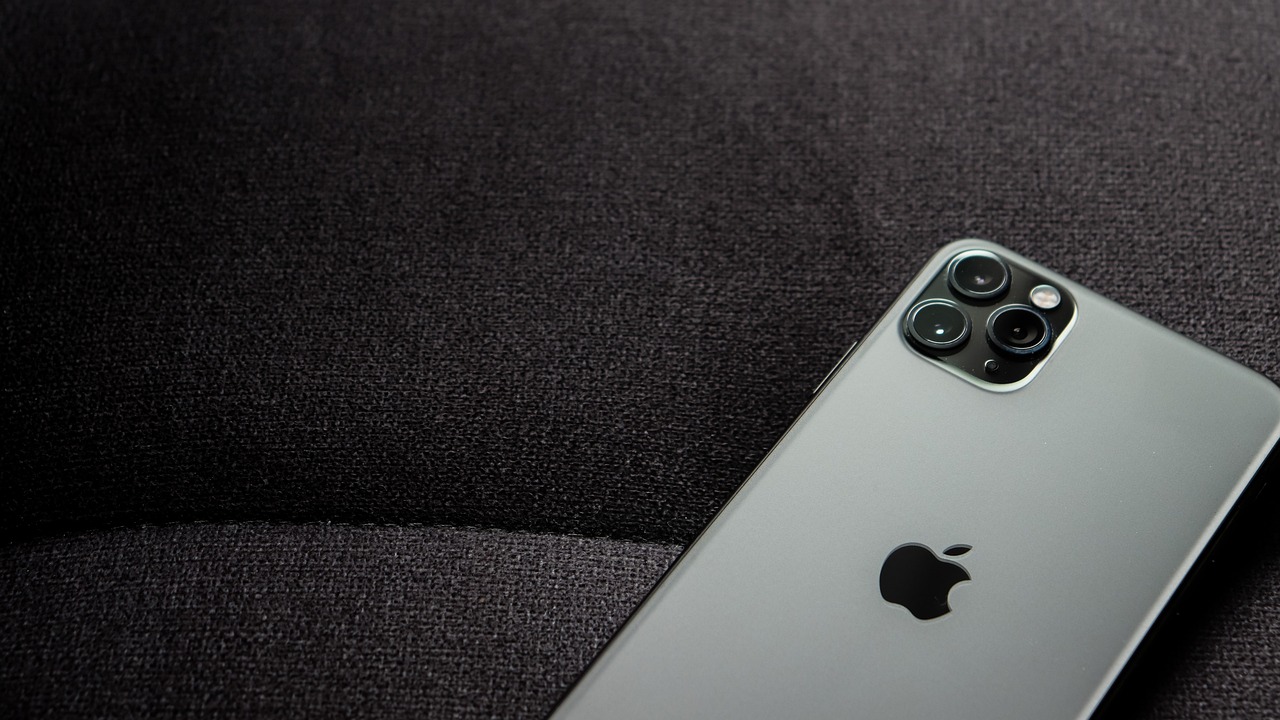For years, the smartphone camera race was a numbers game, a relentless march of megapixels. Today, that narrative has been completely rewritten. While resolution still matters, the true innovation in mobile photography is happening at the intersection of exotic hardware and sophisticated artificial intelligence. The battle for the best camera is no longer about which phone takes a nice picture, but which one can bend the laws of physics and light to create an image that was previously impossible.
In 2025, the flagship smartphone camera is a marvel of engineering, a computational powerhouse that is blurring the lines between a phone and a professional camera. To understand this new era, we need to look beyond the marketing and explain the groundbreaking technologies that are defining the future of mobile imaging.
1. The 1-Inch Sensor Becomes the New Standard
The most critical component for image quality is the sensor, the digital equivalent of film. For a decade, smartphone sensors were tiny, which limited their ability to capture light. The biggest hardware leap in recent years is the widespread adoption of the “1-inch type” sensor.
-
What it is: This refers to the sensor’s diagonal measurement. While not literally one inch, it is vastly larger than the sensors in phones from just a few years ago.
-
Why it matters: A larger sensor has larger individual pixels. This allows it to capture significantly more light, which leads to three key benefits:
-
Superior Low-Light Performance: More light means less digital “noise” (graininess) in dark environments, resulting in cleaner, brighter, and more detailed photos at night.
-
Increased Dynamic Range: The camera can capture more detail in both the brightest highlights and the darkest shadows of a single scene without blowing out the sky or crushing the blacks.
-
Natural Depth of Field (Bokeh): A large sensor produces a shallow, natural-looking background blur that separates a subject from their surroundings, mimicking the beautiful bokeh of a professional DSLR camera without relying solely on software tricks like “Portrait Mode.”
-
-
Who’s using it: Initially pioneered by brands like Xiaomi in partnership with Leica, the 1-inch sensor is now a key feature in the top-tier “Ultra” and “Pro” models from nearly every major Android manufacturer.
2. The End of Digital Zoom: Variable Telephoto Lenses
Smartphone zoom has always been a game of smoke and mirrors, relying on multiple fixed lenses (e.g., a 3x and a 10x lens) and using digital cropping to fill in the gaps. This results in a loss of quality at intermediate zoom levels. The solution is the variable telephoto lens.
-
What it is: Instead of multiple fixed lenses, a variable telephoto system uses a single, more complex lens assembly where internal elements can physically move. This allows the lens to offer a continuous range of true optical zoom between two points, for example, from 3x to 7x.
-
Why it matters: It provides a sharp, clear, optically zoomed image at every single focal length within its range (e.g., 3.5x, 4.7x, 6.2x, etc.). This eliminates the quality drop-off of digital zoom and results in a much smoother, more versatile zooming experience, much like a real camera lens.
-
Who’s using it: Sony was an early adopter with its Xperia line, and the technology is now making its way into the flagship camera systems of other major brands, becoming a key differentiator for zoom quality.
3. The AI Co-Processor: Semantic Segmentation and the Next-Gen ISP
The hardware is only half the story. The “brains” of the camera system, the Image Signal Processor (ISP) and its accompanying AI co-processors, have become incredibly intelligent. The most powerful new technique is semantic segmentation.
-
What it is: When you take a photo, the AI doesn’t just see a single scene. It instantly identifies and “segments” every object in the frame. It recognizes the sky, a person’s skin, their hair, their clothing, the trees in the background, and the food on a plate.
-
Why it matters: Once the scene is segmented, the ISP can apply different, optimized processing to each element. It can make the sky a more vibrant blue without making a person’s face look unnatural. It can sharpen the texture of a building without softening skin tones. It can enhance the greens in foliage without affecting the color of a red car. This intelligent, targeted processing results in a final image that is far more balanced, detailed, and realistic than a “one-size-fits-all” filter.
4. The Rise of Spatial and Cinematic Video
As still photography quality begins to plateau, video has become the new battleground.
-
Cinematic Mode on Steroids: The AI-driven shallow depth of field effect for video is now more accurate, with better subject tracking and more realistic focus pulls. The processing power of 2025 phones allows for these complex calculations to be done in real-time on high-resolution 4K video.
-
Spatial Video for the AR/VR Era: Spearheaded by Apple for its Vision Pro headset, Spatial Video is becoming a key feature. By using the phone’s main and ultra-wide cameras simultaneously (which are positioned a small distance apart, like human eyes), the phone can capture two slightly different perspectives. When viewed on a compatible headset, this creates a 3D video with a true sense of depth, making you feel like you are reliving the moment. This is a powerful ecosystem play that transforms the phone into a creation tool for the next generation of computing.
Conclusion: More Than Just a Camera
The smartphone camera of 2025 is a testament to the power of convergence. It combines hardware once reserved for dedicated cameras with computational power that rivals desktop computers. The focus has shifted from simply capturing a scene to intelligently understanding and perfecting it. With large sensors providing a beautiful canvas, variable zoom offering true creative flexibility, and AI painting in the details with incredible precision, the device in your pocket is not just a camera—it’s an intelligent imaging partner.
